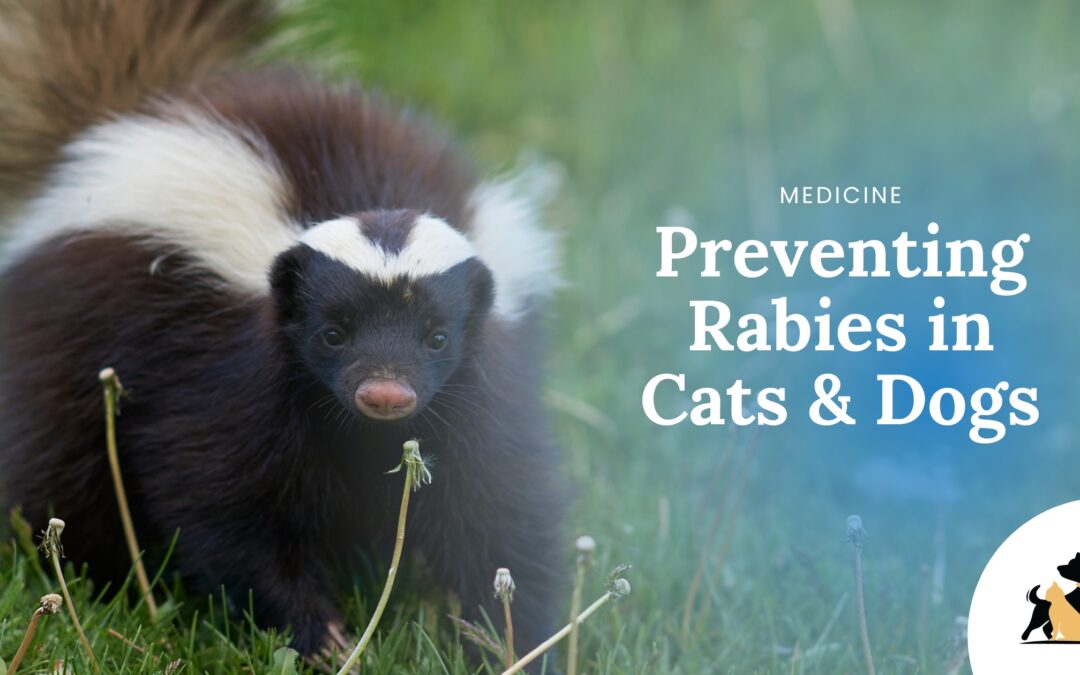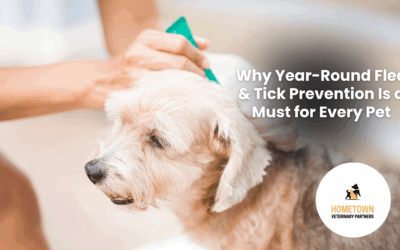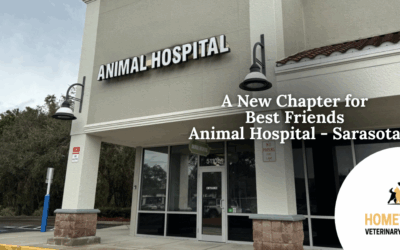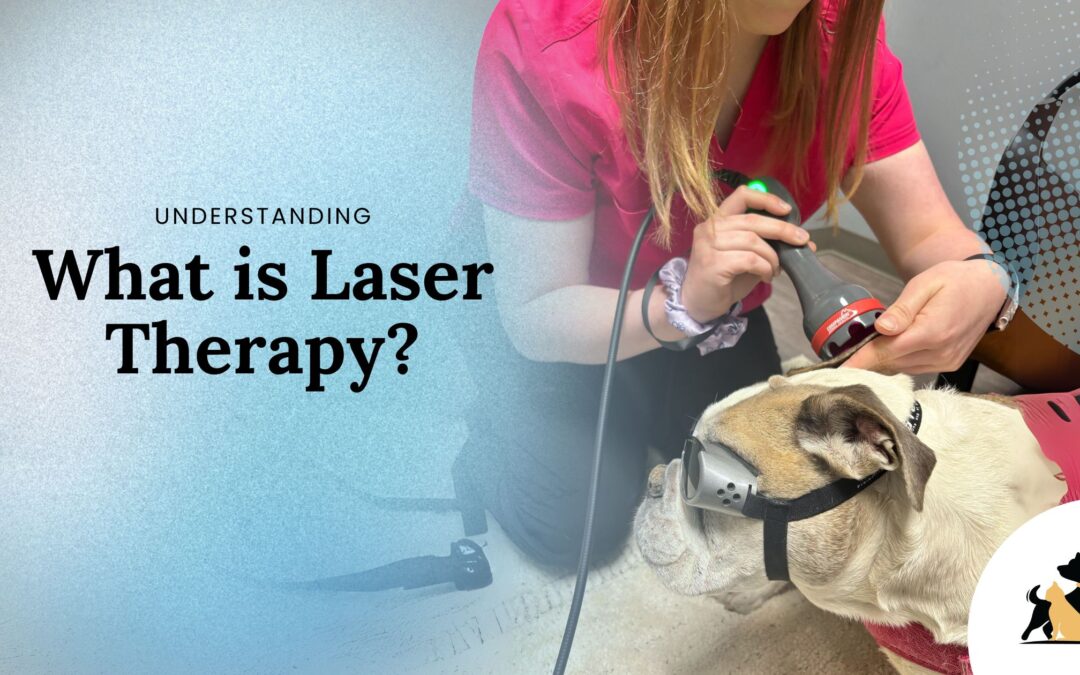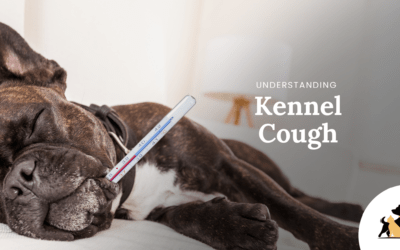Why Year-Round Flea & Tick Prevention Is a Must for Every Pet Fleas and ticks may be small, but the problems they cause can be huge. These parasites don’t just irritate your pet—they can carry serious diseases, lead to infections, and cause lasting health...

Meet Dr. Delaney Rohan: Compassionate Veterinary Care Close to Home
Meet Dr. Delaney Rohan: Compassionate Veterinary Care Close to Home
Looking for a veterinarian in North Saint Paul who treats your pet like family? Meet Dr. Delaney Rohan, one of the newest and most compassionate members of our team at Hometown Veterinary Partners.
A Lifelong Passion for Helping Animals
Dr. Rohan has always known she wanted to be a voice for animals. Her journey into veterinary medicine was driven by a deep love for the creatures who bring us so much joy — and a calling to care for those who can’t speak for themselves.
She earned her veterinary degree from St. George’s University and completed her clinical training at the University of Minnesota, gaining hands-on experience with a wide range of pets and medical conditions. Her training, combined with a calm and caring approach, helps pets feel safe and supported from the moment they walk through our doors.
Veterinary Care You Can Trust
Whether it’s a first puppy visit, a senior pet check-up, or an unexpected illness, Dr. Rohan brings both skill and heart to every appointment. She takes time to explain things clearly, answer questions, and make sure each client feels empowered in their pet’s care.
Clients quickly notice her:
-
Gentle bedside manner
-
Clear communication
-
Genuine love for animals
At Hometown Veterinary Partners, we believe in building lasting relationships — and Dr. Rohan exemplifies that every day.
Get to Know Dr. Rohan
Outside of the clinic, Dr. Rohan enjoys spending time outdoors and staying involved in animal welfare causes. She also continues to pursue advanced veterinary education to stay at the forefront of modern care.
Her presence at our hospital means even more compassionate, personalized care for your pets — whether they have fur, paws, or whiskers.
Book a Visit with Dr. Rohan
If you’re searching for a veterinarian near North Saint Paul who truly cares, we’d love for you to meet Dr. Delaney Rohan. She’s here to help your pets live long, happy, healthy lives — and to make every visit a positive experience.
Schedule your pet’s next appointment and come say hello! To find out more and to schedule your next appointment, please visit the Saint Paul Location Page.




